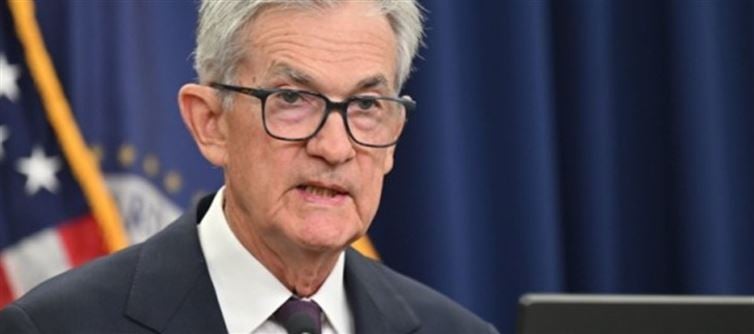
The Fed’s Invisible War: How Data Blackouts Are Forcing America’s Central bank to Choose Between Trust and Control”
When the numbers disappear, all that’s left is judgment. The Fed’s latest move reveals a deeper shift — from data-driven certainty to faith-driven economics.
In an age obsessed with data, the most data-driven institution on Earth just acted without it.
The Federal Reserve’s second consecutive rate cut — a modest quarter point — may look routine. But beneath the headlines lies a profound experiment: What happens when the data stops but the decisions can’t?
Due to the ongoing government shutdown, the Fed was forced to operate without key economic indicators — no jobs report, no retail numbers, no updated macro trends. Powell’s team, normally guided by terabytes of statistics, suddenly faced the same uncertainty as the public.
What they revealed instead was something deeper than policy: psychology.
For years, the Fed’s dual mandate — stable prices and maximum employment — has been like a compass. Now, two members are reading that compass differently.
Governor stephen Miran, worried about jobs, wanted a larger half-point cut. Jeffrey Schmid, wary of inflation, wanted none at all. Both were right — in their own models of the world. Their clash signals the beginning of a “fragmented Fed,” where differing local realities (from Kansas labor markets to national inflation data) create incompatible truths.
Even more telling was Powell’s balancing act: acknowledging rising labor risks while refusing to commit to another cut. It’s the first time in years that the Fed’s language has implied emotional humility — “we don’t know enough yet.”
That’s not weakness. It’s evolution.
In a world where traditional data pipelines are breaking — from political shutdowns to AI-driven distortions — the Fed’s new role might not be that of a calculator but of a philosopher-king: one who must decide not based on perfect data, but on imperfect trust.
Ending quantitative tightening adds another layer: the Fed is not just adjusting rates, it’s signaling a shift from mechanical tightening to flexible stewardship.
Markets, of course, will read this as bullish. But the bigger story is epistemic — the question of how a system built on numbers survives when the numbers go dark.
Maybe this is the new normal:
A Fed that must feel its way through the fog — and learn to lead without seeing.
#FederalReserve #InterestRates #DataBlackout #EconomicPolicy #MonetaryPhilosophy #Powell #USMarkets #DecisionMaking #AIandEconomics
Fed philosophy, data blackout economics, monetary policy 2025, Powell press conference, cognitive bias in finance, dual mandate conflict, data-driven decisions
“When Data Disappears: Can the Fed Still See the Future?”




 click and follow Indiaherald WhatsApp channel
click and follow Indiaherald WhatsApp channel